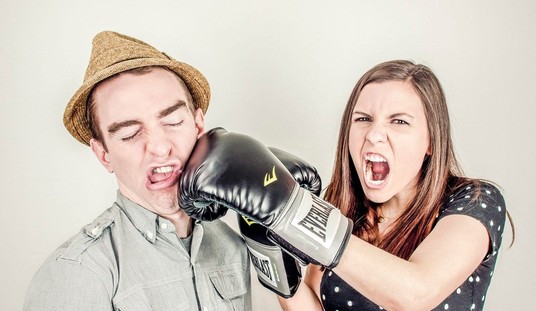Some folks like to brew their own beer. Others like to ferment wine. To me those drinks are candy, as in the old line: “Candy is dandy, but liquor is quicker.” These days I’m a hard liquor man, favoring martinis and Manhattans, both done just so.
Toward that end I’ve been doing my own safari across country in search of the best ingredients. When it comes to martinis, I favor Plymouth gin kept in the freezer with a quick splash of Noilly Prat vermouth (the straw-colored kind). Add to that a secret ingredient I discovered at a bar in Charleston: celery bitters. Sprinkle some in, depending on taste. Of course, it’s then all shaken, not stirred, Mr. Bond. And served as icy cold as possible, straight up with, in my case, two olives. Others prefer, as Robert Mitchum would famously say, “No vegetation.” That’s up to you.
On the Manhattan front, things are a bit more complicated. I was originally a Maker’s Mark man, but lately I’ve been gravitating to Buffalo Trace bourbon. But more of the bourbon in a minute. The other ingredients for an unforgettable (I’ll take…) Manhattan that Dorothy Parker never had (I know, I know – she preferred martinis) are Antica Formula dal 1786 Vermouth (incredible stuff, a little pricey but worth it – you don’t use too much) and Luxardo, an Italian liqueur made of maraschino cherries. Use two parts bourbon, one part of that fancy vermouth and maybe slightly less than 1 part Luxardo (depends on how sweet you like it). Again, use a shaker with ice and pour over another maraschino (or not – it’s fine without it). Kick back and listen to Bobby Short or some equally “Manhattan” sound.

Now about bourbon. It’s an American booze and since I get more patriotic all the time, I started to make my own. Okay, I’m exaggerating. My wife gifted me a year or so ago with some bourbon mash (white dog or white lightening) from the Woodinville Whiskey Co. It came with a small oak barrel which you prepared by filling with water. (I used bottled.) After leaving that in for a bit to prepare the barrel, you pour it out and fill the barrel with the bourbon mash. Then you just let it sit there for as long as you like, sampling a tiny amount as it goes and watching the white dog go caramel. I aged it for five months before pouring the now quite smooth bourbon back into it’s original bottle. Mighty good.
Problem is, there is only about one-sixth as much of the aged bourbon as there was in its raw form. (Woodinville had said to expect some decrease, but not this much.) Oh, well. I’m going to write them for some more to see if I can get this right.
***
More DIY drinking at PJ Lifestyle:










Join the conversation as a VIP Member